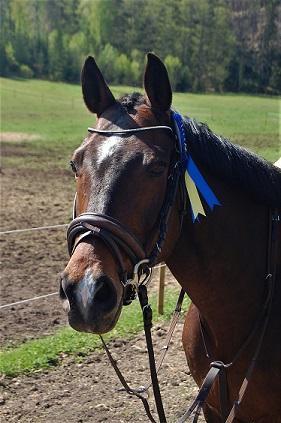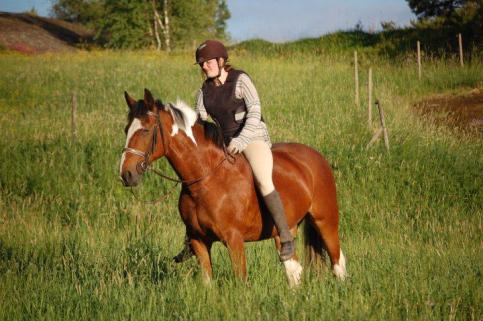Background

It has been previously demonstrated that several domestic animals such as dogs, goats, pigs are efficient in detecting ostensive cues from humans. Wild counterparts on the other hand usually perform less successful in tasks with humans giving cues. Horses have a close relationship with humans due to domestication, and are thought to be good at this interspecies communication
Some scientists claim that domestication may have promoted traits related to understanding human signals. It has also been suggested that some domestic species have been selected especially on their ability to interpret relevant human cues, both communicative and attentional. It has been discussed whether horses have been selected for interspecies communication but according to some scientists is this ability limited in young individuals and is rather a skill that develops over their lifetime. However, it has previously been demonstrated that horses will they try to communicate with humans using visual and tactile signals when faced with an unsolvable task.
Animals can learn new behaviour by observing a conspecific. This kind of social learning is, in contrast to individual learning, less time consuming and less costly for the individual since the animal is more bound to make mistakes in individual learning. Observation learning, when a demonstrator performs a task in the presence of an observer, has been investigated in several species and especially rodents. A study from 1988 shows how observing mice, which have seen a demonstration of a task by a conspecific, perform significantly better compared to control mice, which have not seen a demonstration. How well animals perform in these types of tests can, however, be highly dependent on individual differences like age, sex, social rank, previous experiences or personality trait.
Aims

My study aimed to:
- investigate wheter or not horses seek human contact when faced with an unsolvable task.
- investigate if horses can solve a detour by observing a human demonstrator.
- investigate if there is a correlation between these two types of interspecies communication.
- investigate if the horse’s personality, age, sex, size or rank has significance for their success or contact seeking behaviour in the experiments.
Responsible for this page:
Director of undergraduate studies Biology
Last updated:
05/18/18
